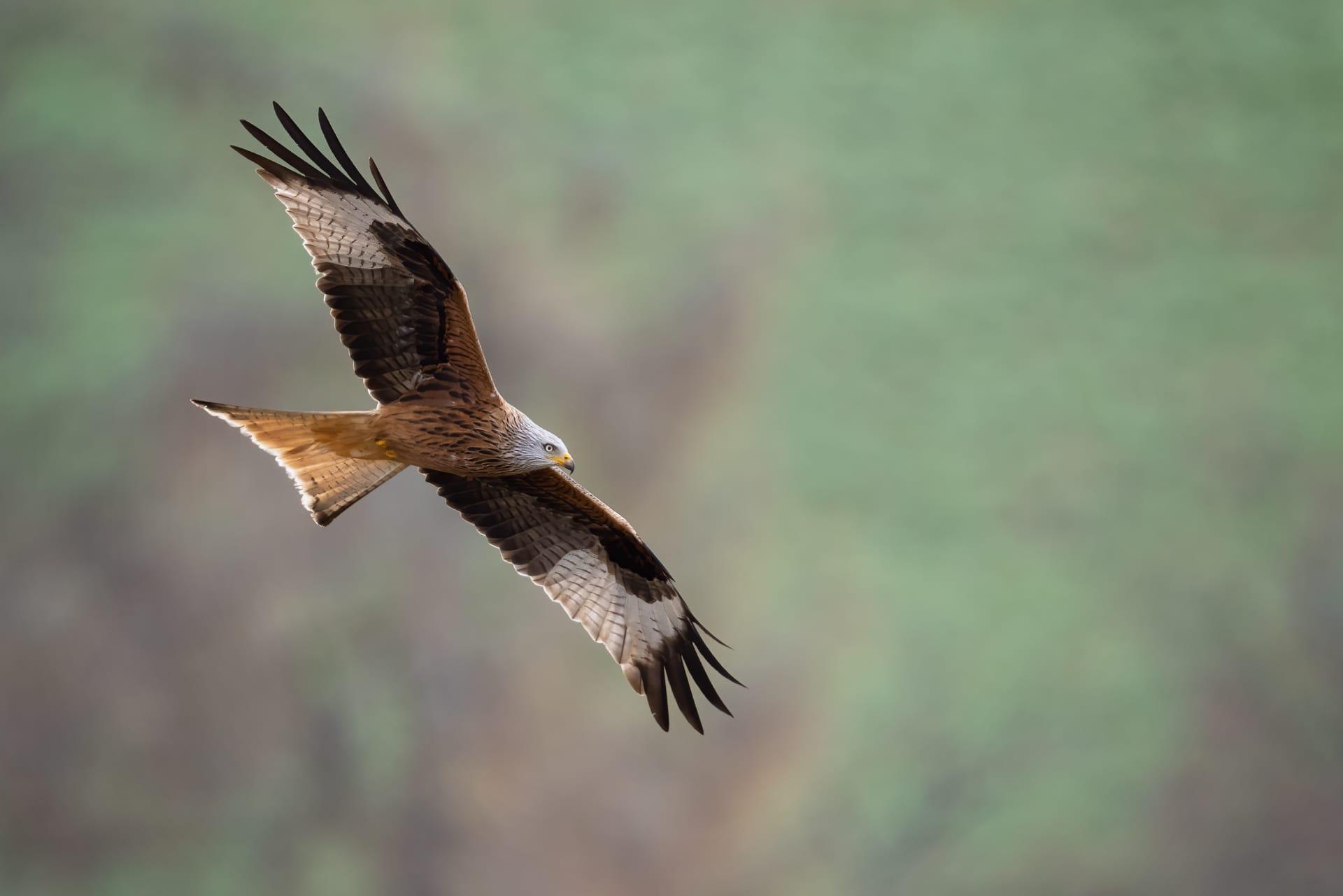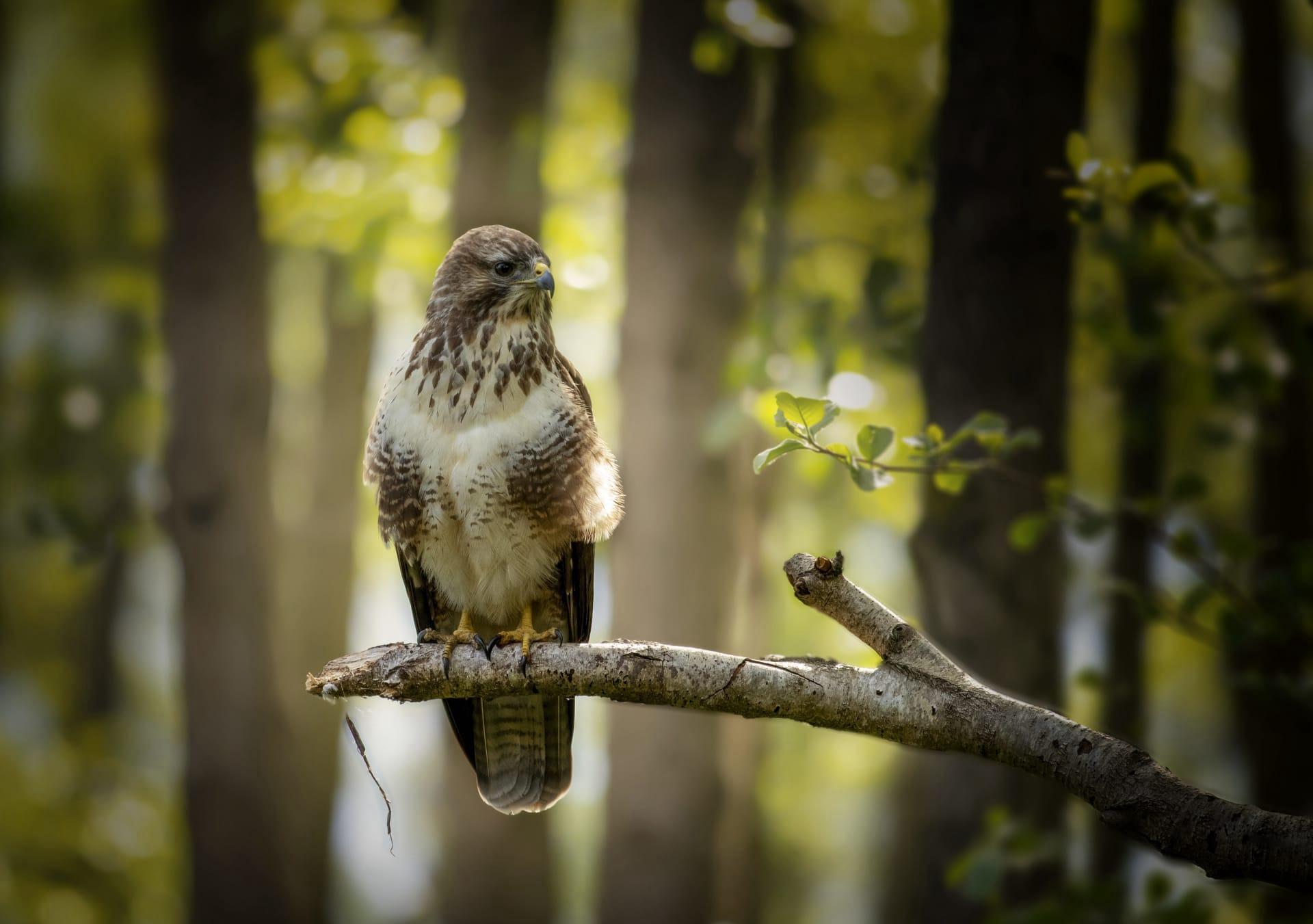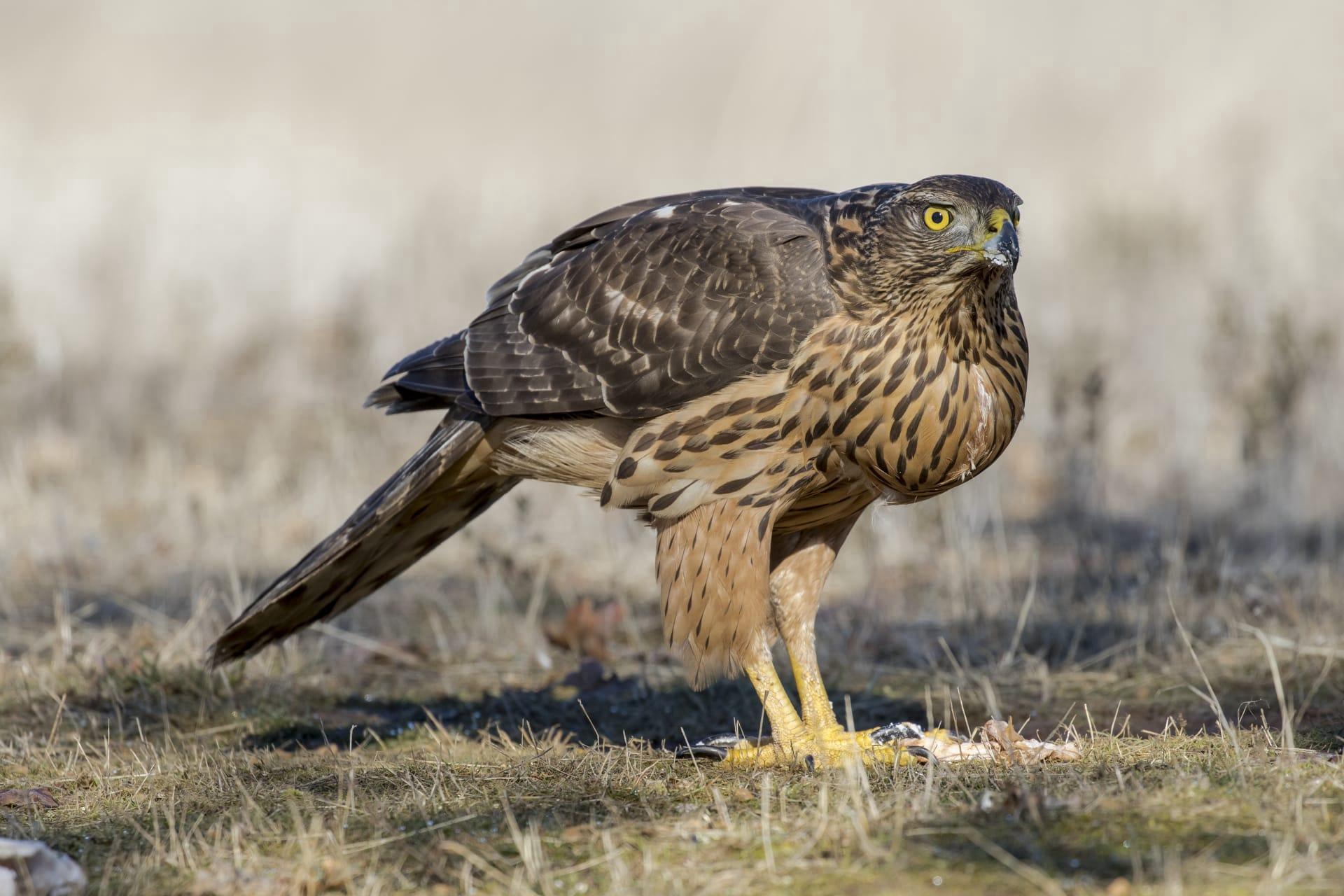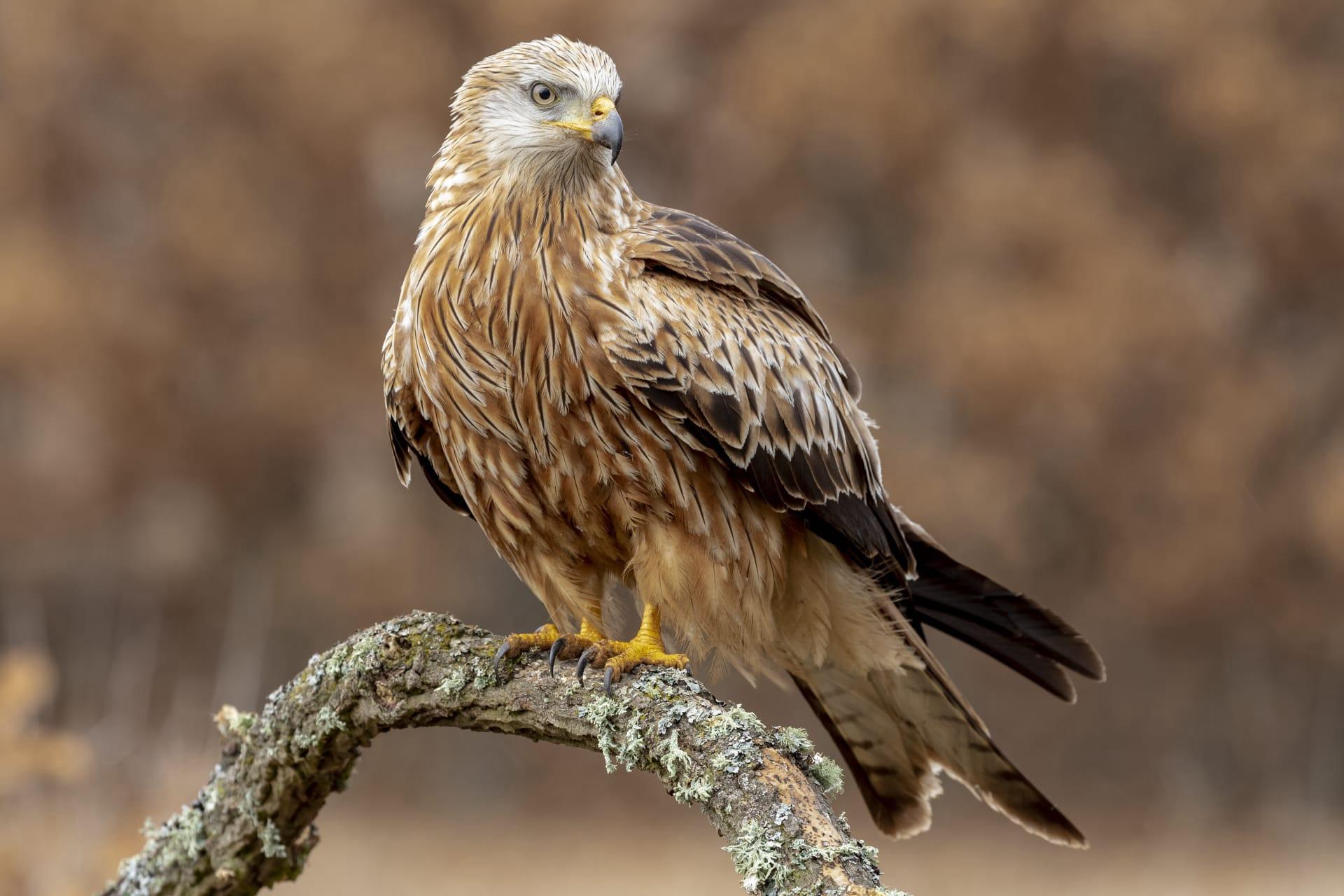Falcon
- Home /
- Mini Encyclopedia /
- Animal /
- Falcon
1
Falcons, magnificent birds of prey, belong to the genus Falco, which includes about 40 species. These birds are characterized by their long wings and a notched beak. Falcons vary in size, with the largest species being the Gyrfalcon at over 60 cm in length. The smallest, the American Kestrel, is about 22-31 cm long. The species vary in plumage from the predominantly gray Peregrine Falcon to the vividly colored American Kestrel. Each species has a unique combination of size, color, and habitat preference, making them a diverse and fascinating group within the avian world.
Falcons are found worldwide, with a presence on every continent except Antarctica. They inhabit a wide range of environments, from the Arctic tundra to the tropics. Peregrine Falcons, for example, have one of the widest distributions of any bird, found everywhere from urban skyscrapers to remote mountains. The Gyrfalcon is typically found in Arctic regions, while the American Kestrel is widespread across North and South America. Their global distribution demonstrates their adaptability and success in various habitats, from coastal areas to high mountains and everything in between.

2
Question: Are Falcons and Hawks the same?
Answer: A common misconception is that falcons and hawks are the same, but they are, in fact, distinct. Falcons belong to the Falconidae family, while hawks are from the Accipitridae family. This difference is significant in terms of their hunting behaviors and physical characteristics. Falcons have a more pointed wing shape and a unique notched beak, which they use to kill prey by severing the spinal cord. Hawks, on the other hand, have broader wings and use their strong talons to kill prey. These distinctions highlight the diverse evolution and adaptations of birds of prey in different environments and hunting styles.

3
Falcons have evolved several unique survival strategies. Their exceptional vision, allowing them to spot prey from great distances, is key to their hunting success. A Peregrine Falcon, for instance, can see a small bird from over 1.5 km away. Additionally, their aerodynamic build enables impressive flight speeds. The Peregrine Falcon is renowned for reaching speeds over 320 km/h during its high-speed dive, known as a stoop. This incredible speed makes them one of the fastest animals on the planet.
Apart from speed and vision, falcons also have sharp talons and beaks. These are crucial for capturing and killing prey, typically small birds or rodents. Falcons prefer to hunt during the day (diurnal), using their keen eyesight. Their hunting technique often involves a high-speed chase or a sudden stoop from the sky, catching their prey off guard. These strategies have made falcons apex predators in their ecosystems, playing a crucial role in maintaining the balance of their habitats.

4
In ecosystems, falcons are top predators, playing a vital role in controlling the populations of their prey. By preying on a variety of smaller animals, they help to maintain a healthy balance in their habitats. For instance, in urban environments, Peregrine Falcons often feed on pigeons and other birds, thus indirectly contributing to the control of these populations.
Their role extends beyond just population control. Falcons also contribute to the health of their prey populations by typically preying on the weaker or sick individuals. This natural selection process can lead to stronger, healthier prey populations over time. Furthermore, falcons are indicators of environmental health. Their presence and population status can reflect the overall health of their ecosystem, making them important species for environmental monitoring and conservation efforts.

5
Film: "The Peregrine's Journey" (USA, 2019) provides a stunning visual narrative of the migration of Peregrine Falcons. The documentary follows these birds across continents, showcasing their incredible journey from the Arctic to the tropics. It highlights the challenges they face, from natural predators to human-induced hazards, offering insights into the remarkable resilience and adaptability of these birds.
Book: "Falcons of North America" (USA, 2018) by Kate Davis. This book offers an in-depth look at the various falcon species found across North America. Davis provides detailed descriptions of each species, their habitats, and behaviors. The book is filled with vivid photographs and is accessible to both bird enthusiasts and casual readers alike.
Book: "Sky Predators: Falcons" (UK, 2020) by Martin Hollins. This book delves into the world of falcons, exploring their biology, behavior, and the role they play in different ecosystems. Hollins' engaging writing style makes complex scientific concepts understandable and interesting, making the book a great read for those keen to learn more about these fascinating birds.